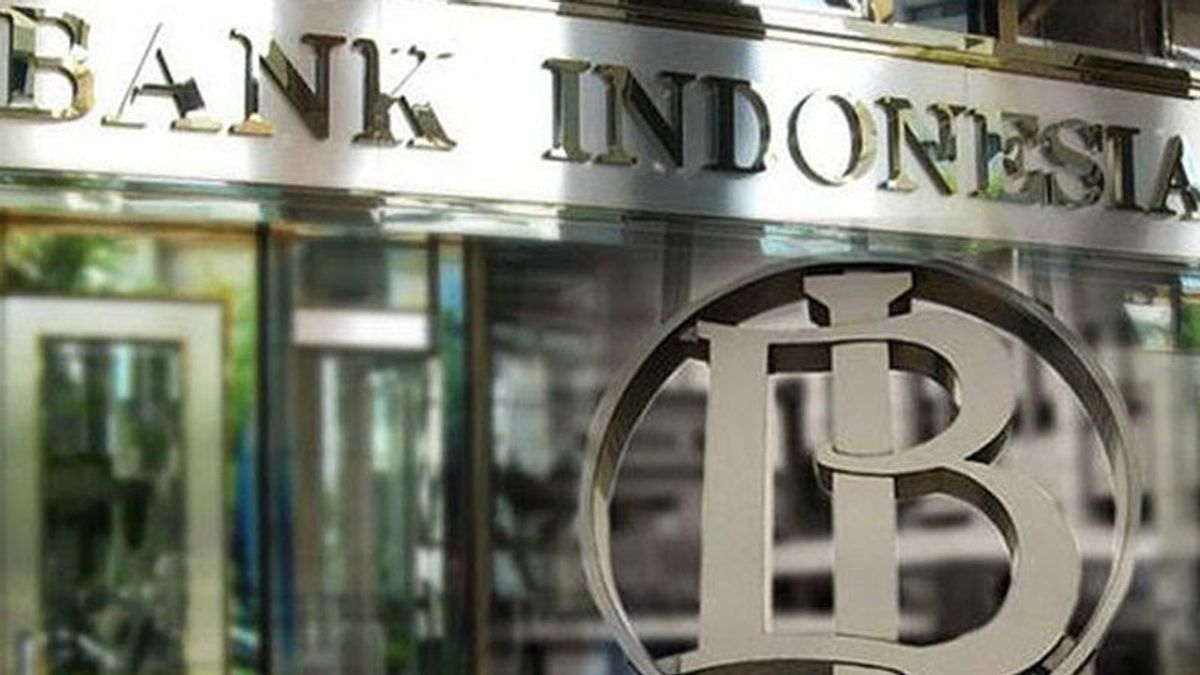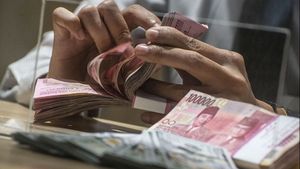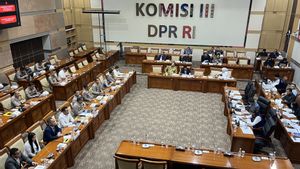JAKARTA - Bank Indonesia (BI) is scheduled to hold a press conference today related to the determination of the latest reference interest rate.
This is one of the main points of presentation after the central bank held a Board of Governors Meeting on September 21-22.
It is known that BI last month raised the interest rate of 25 base points (bps) to 3.75 percent.
Previously, the monetary authority imposed a 3.50 percent benchmark interest rate since 2020 as a form of anticipation of economic weakening during the pandemic.
Just so you know, level 3.50 percent in history has been the lowest number.
Furthermore, BI's aggressive attitude towards interest rates is in line with the global trend of trying to maintain the inflation rate.
VOI noted that there are at least three important reasons why Bank Indonesia has sufficient space to re-upload the BI rate.
First, anticipate the surge in inflation. It is common knowledge that the increase in fuel prices (BBM) will also increase the value of other goods and services.
Moreover, the main factor of inflation in the last two months came from the turmoil in food prices (volatile food).
Data from the Central Statistics Agency (BPS) states that volatile food inflation peaked in July 2022 at 11.47 percent year on year (yoy).
This figure then decreased to 8.93 percent at the end of August.
However, last July BI had not decided to raise interest rates due to the main benchmark for core inflation, which shows the public's demand, still perched at the level of 2.86 percent or slightly below expectations of 2.9 percent.
It was only in the last August period that the monetary authority officially increased the benchmark interest rate to 3.75 percent because core inflation had shot to 3.04 percent.
Just so you know, Bank Indonesia itself has made projections if core inflation will soar up to 4.15 percent by the end of the year. This means that the BI rate increase in August is not the last.
Second, credit growth is double digits. Citing the Financial Services Authority (OJK) broadcast revealed that credit disbursement as of July 2022 had penetrated 10.5 percent yoy.
This indicates that the business sector continues to expand its business with increasing funding needs.
The July 2022 score has even approached the pre-pandemic level with a growth average of 12-13 percent.
Keep in mind that credit growth is also not always good.
Back in 2013, the rate of banking intermediation at that time skyrocketed to 20 percent.
As a result, the Indonesian economy became too hot (overheated) to trigger a running balance deficit that put pressure on the rupiah currency risk.
Three, the increase in interest rates keeps the Indonesian financial market competitive. It is undeniable that a high margin is a special attraction for investors to invest their capital in Indonesia.
In addition to not being late (behind the curve), the normalization of interest rates is also aimed at maintaining attractiveness of domestic assets in foreign eyes and avoiding capital outflows in financial markets.
The English, Chinese, Japanese, Arabic, and French versions are automatically generated by the AI. So there may still be inaccuracies in translating, please always see Indonesian as our main language. (system supported by DigitalSiber.id)













